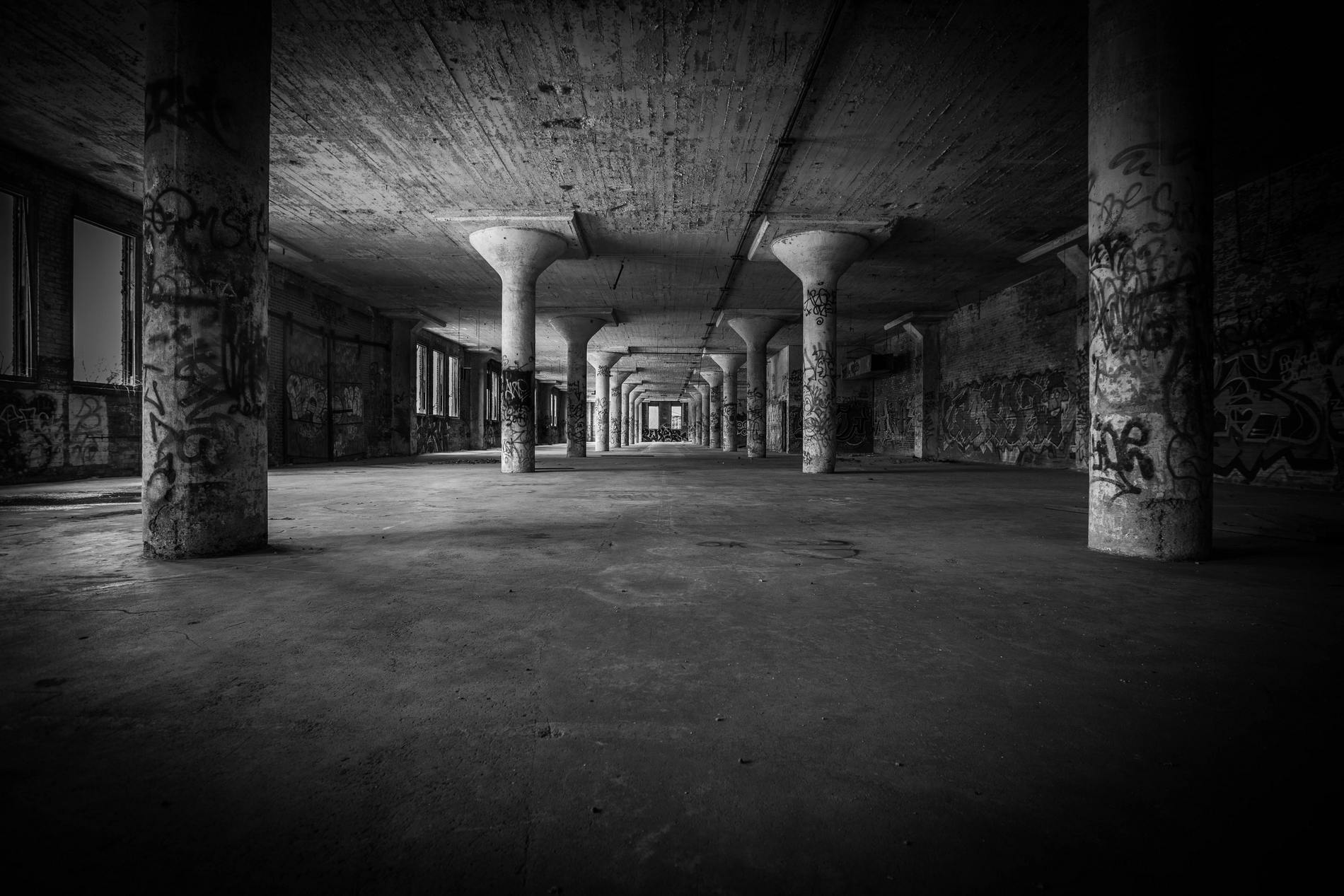It’s not hard in today’s world to think that the world is in what we like to term “a wobble”.
Like a spinning top that is slowing down or has been given a nudge, a “wobble” conjures up imbalance. On its own, transitory instability is not necessarily a bad thing. It can mean a “sticky clay” moment in a particular system that allows us to reshape that system in a productive way… so long as we do so before the clay hardens again. After it does, the system has returned to a point of stability that helps it to resist change.
Recent events over the last half decade, from COVID to Ukraine to the Trumpian Disruption, all show clear evidence of what military folk and others with an interest in systems and strategy would term a “VUCA” world:
While popularized by the U.S. Army’s War College back in the late 1980s, the concept has its roots in earlier thinking by scholars Warren Bennis and Burt Nanus. And, the term is a very fair descriptor for most of our human history. Though we crave elements of predictability as a species, it’s usually we humans who introduce the wobble within any given system: climate change, political instability, and on it goes.
In our work, we take VUCA conditions to be the norm, not the exception. That doesn’t mean that we subscribe to a dystopian view of the world, though it’s all too easy at times to fall into a pessimistic mindset. Instead, we take a “pragmatically optimistic” view of thinking design: we humans created the system that is in a wobble state, so that implies we can fix it. That goes back to opportunity-based thinking, however. We usually can’t fix a problem with the same thinking and/or actions that got us there, so we have to find a way of thinking about opportunities that make the problem itself irrelevant, effectively bypassing it with a new and even better system.
Intrigued? We love coffee/tea and conversations about thinking. Connect with us!






Leave a Reply